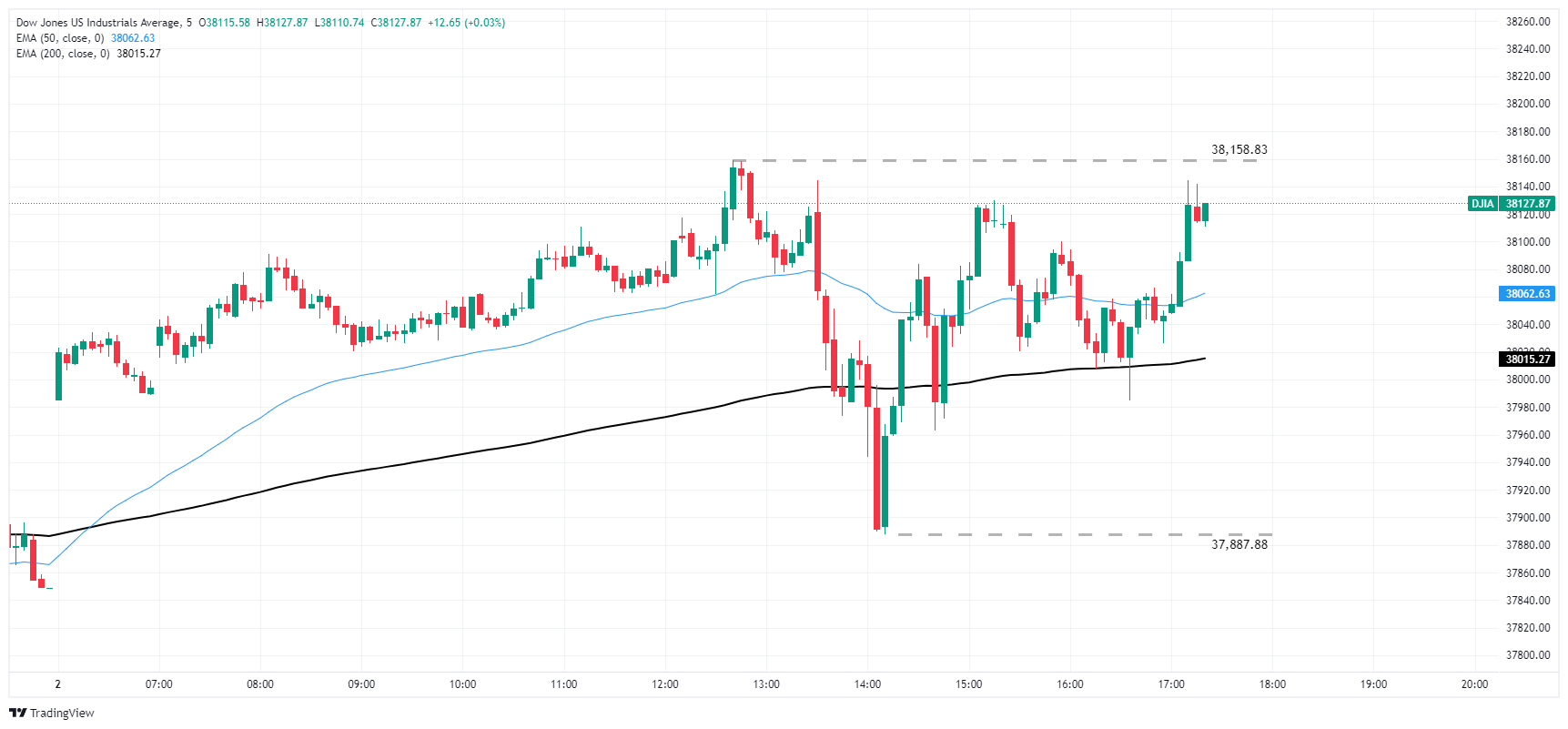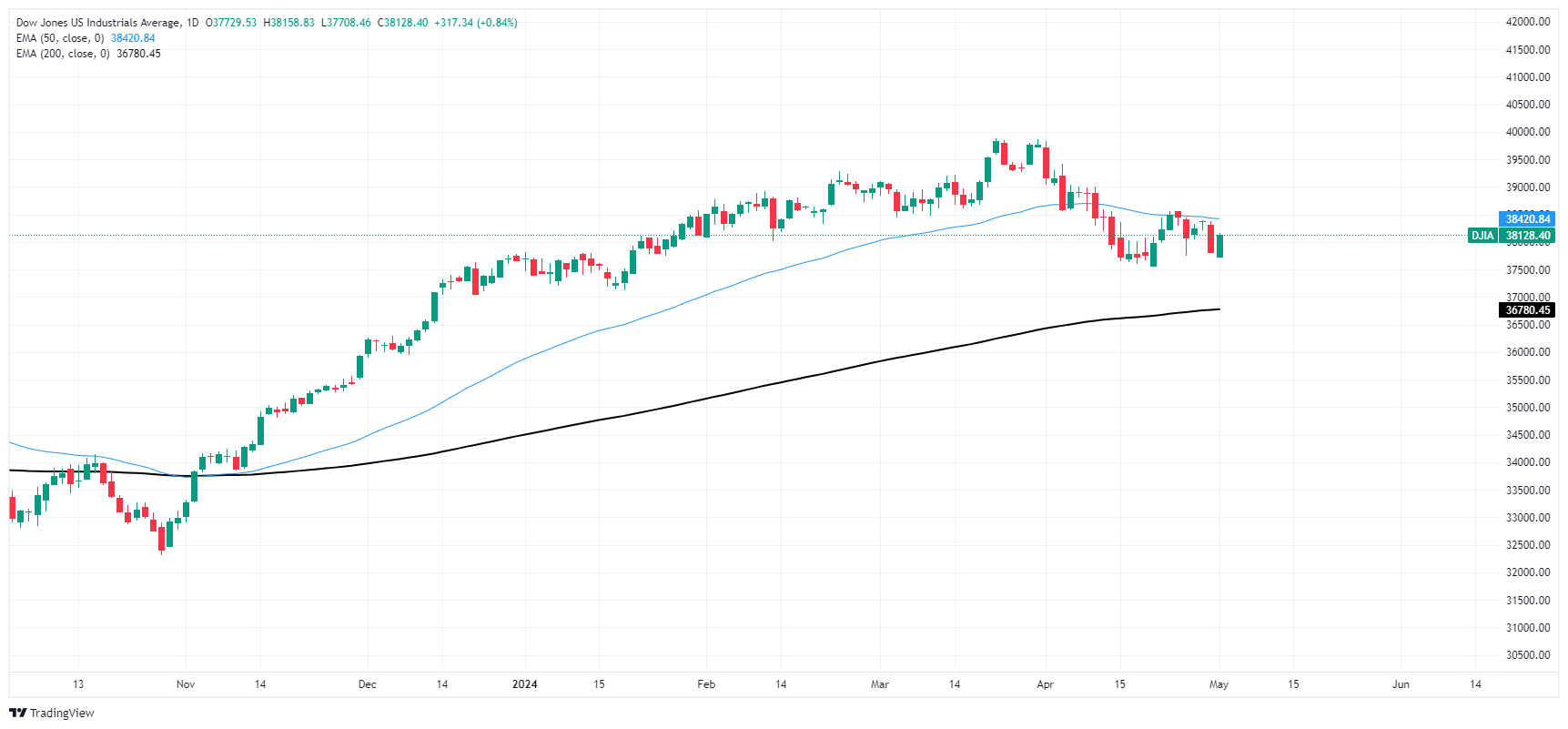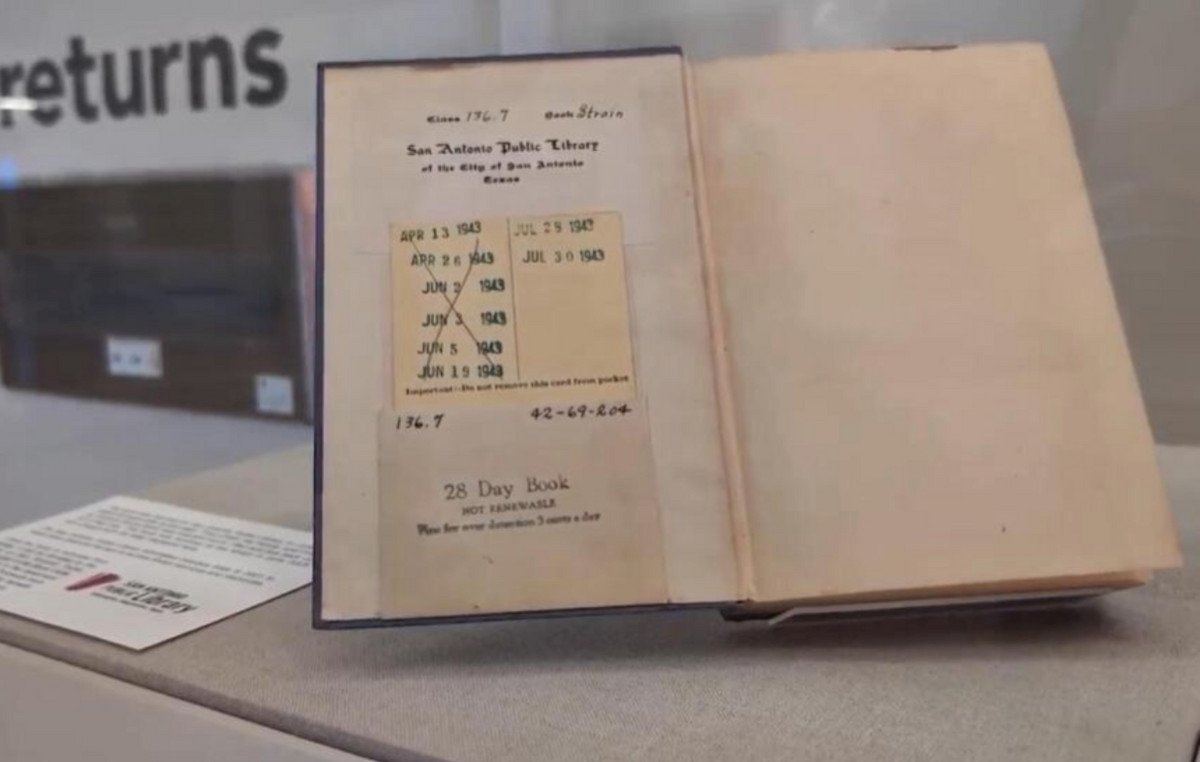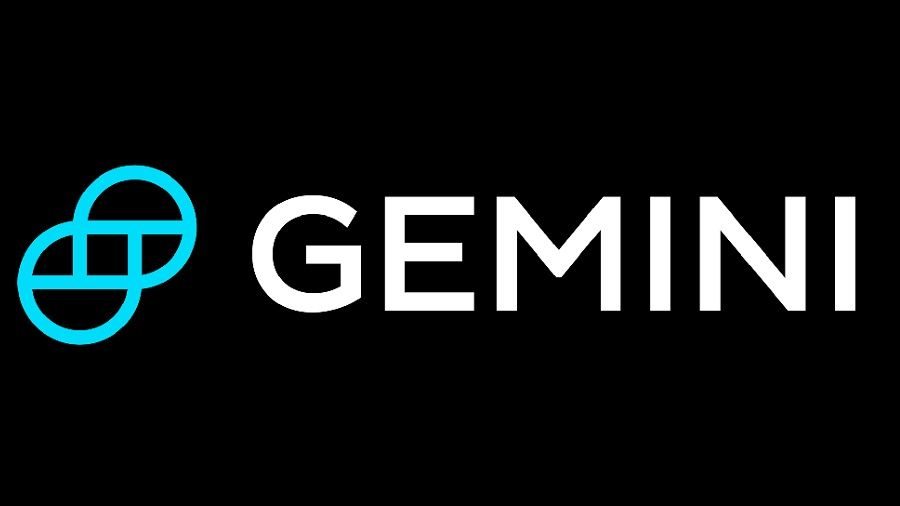- The Dow Jones recovers the 38,000 level with little upward momentum.
- Market expectations of Fed rate cuts increase.
- Friday's NFP jobs data will be key for rate watchers.
The Dow Jones Industrial Average (DJIA) rose about four tenths on Thursday, while equity markets recover haltingly after the collapse at the beginning of the week. Earnings season is helping to prop up stocks that have effectively bolstered their ratios, and investors are grappling with when to expect a first rate cut from the Federal Reserve (Fed), with a cut in 2024 assumed to be a foregone conclusion. .
Wall Street's expectations about when and how often the Fed will cut rates are starting to fade as investors grapple with a tough U.S. economic outlook. S&P Global has lowered its outlook for the Fed to a single quarter-point cut in December, while some investment banks are forecasting as many as four 25-basis-point cuts in the remainder of the year, starting as early as July.
With the current cut, CME's FedWatch tool shows that rates markets expect a first Fed cut at the September meeting of the Federal Open Market Committee (FOMC). Rates markets give a 40% chance of no cut in September, and a 70% chance of cuts of at least 25 basis points between now and November.
Dow Jones News
About two-thirds of the stocks that make up the Dow Jones Industrial Average are trading lower on Thursday, with 3M Co. (MMM) leading the decline, down 1.4% to $97.08 per share. Among the most bullish stocks are Boeing Co. (BA), Amazon.com Inc. (AMZN) and Apple Inc. (AAPL). Boeing rose 3.4% to $177.31 per share, with Amazon rising 2.45% and Apple gaining about 2%.
Dow Jones Technical Outlook
The DJIA reached a high of 38,158.83 at midday on Thursday, with a rapid drop to 37,887.88, as investors' risk appetite keeps one foot out of the door. Stocks have bounced back higher, but bullish momentum remains slim as the Dow Jones hovers in familiar territory near the 38,000 area.
The Dow Jones is recovering in short-term consolidation, but the index is struggling to develop bullish legs after a short-term decline below 37,600.00. The major stock index is trading well above the 200-day EMA at 36,780.52, but the DJIA is still down 4.3% from all-time highs reached at the last high of 39,887.49.
Dow Jones Five Minute Chart
Dow Jones Daily Chart
Frequently Asked Questions About the Dow Jones
The Dow Jones Industrial Average, one of the world's oldest stock indices, is made up of the 30 most traded securities in the United States. The index is price-weighted rather than capitalization-weighted. It is calculated by adding the prices of the securities that comprise it and dividing them by a factor, currently 0.152. The index was founded by Charles Dow, also founder of the Wall Street Journal. In recent years it has been criticized for not being sufficiently representative, as it only tracks 30 conglomerates, unlike broader indices such as the S&P 500.
There are many factors that influence the Dow Jones Industrial Average (DJIA). The main one is the aggregate performance of its component companies, revealed in the companies' quarterly earnings reports. US and global macroeconomic data also contribute, influencing investor sentiment. The level of interest rates, set by the Federal Reserve (Fed), also influences the DJIA, as it affects the cost of credit, on which many companies largely depend. Therefore, inflation can be a determining factor, as well as other parameters that influence the Fed's decisions.
The Dow Theory is a method for identifying the main trend of the stock market developed by Charles Dow. A key step is to compare the direction of the Dow Jones Industrial Average (DJIA) and the Dow Jones Transportation Average (DJTA) and only follow trends where both are moving in the same direction. Volume is a confirmation criterion. The theory uses elements of maximum and minimum analysis. Dow theory postulates three trend phases: accumulation, when the smart money starts buying or selling; public participation, when the general public joins in; and distribution, when the smart money comes out.
There are several ways to trade the DJIA. One is to use ETFs that allow investors to trade the DJIA as a single security, rather than having to buy shares of the 30 companies that comprise it. A prominent example is the SPDR Dow Jones Industrial Average ETF (DIA). DJIA futures contracts allow speculation on the future value of the index, and options give the right, but not the obligation, to buy or sell the index at a predetermined price in the future. Mutual funds allow investors to purchase a portion of a diversified portfolio of DJIA securities, providing exposure to the global index.
Source: Fx Street
I am Joshua Winder, a senior-level journalist and editor at World Stock Market. I specialize in covering news related to the stock market and economic trends. With more than 8 years of experience in this field, I have become an expert in financial reporting.







